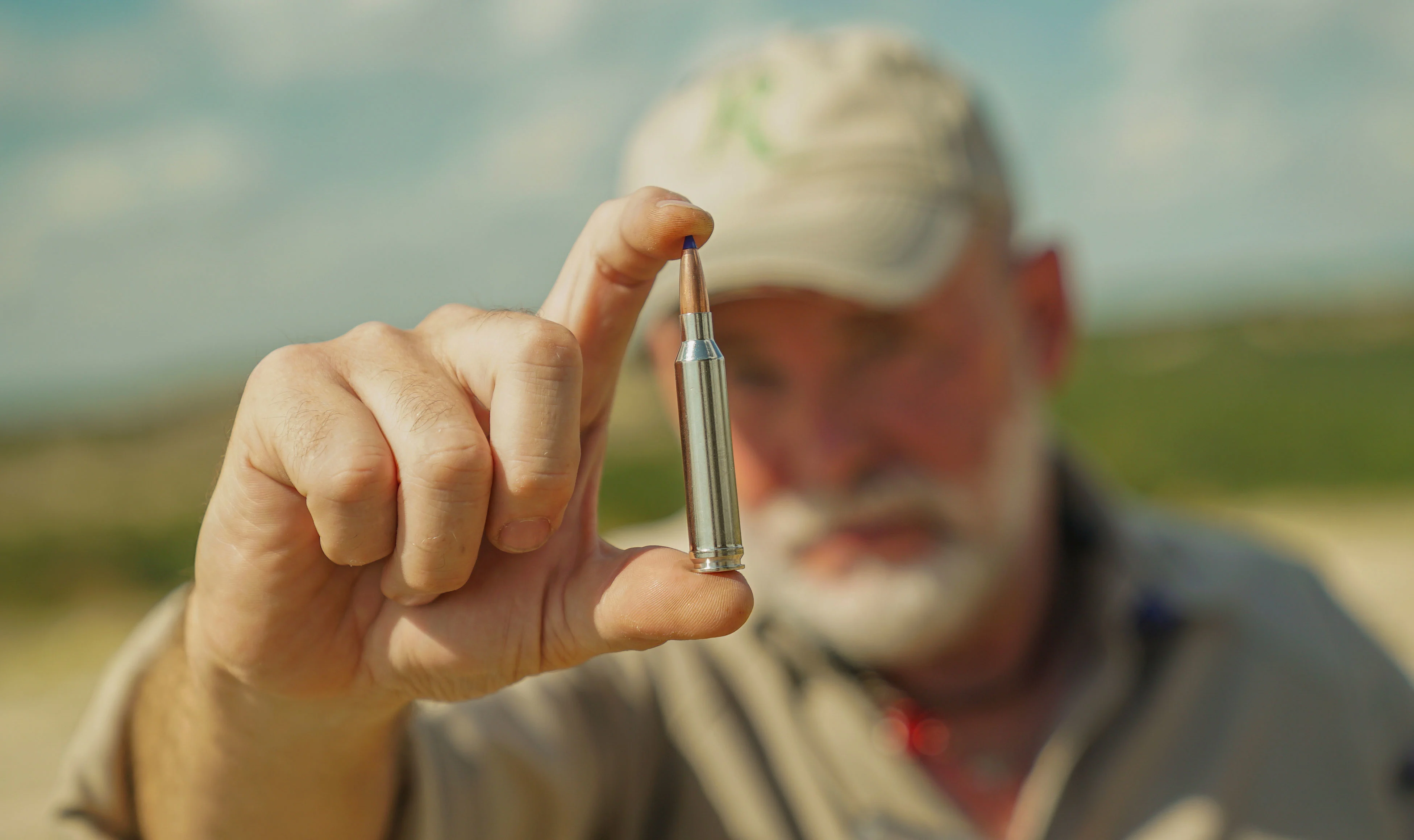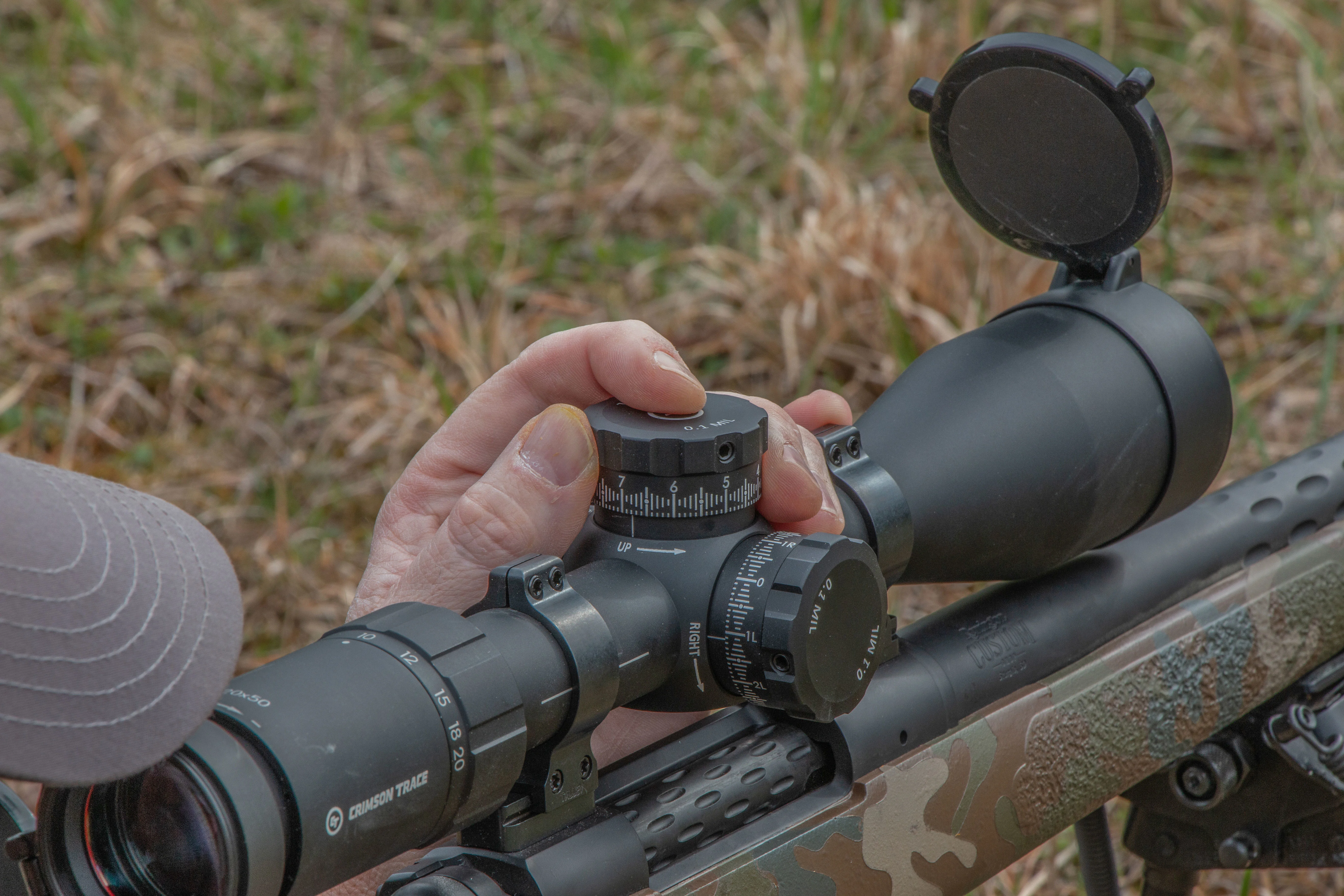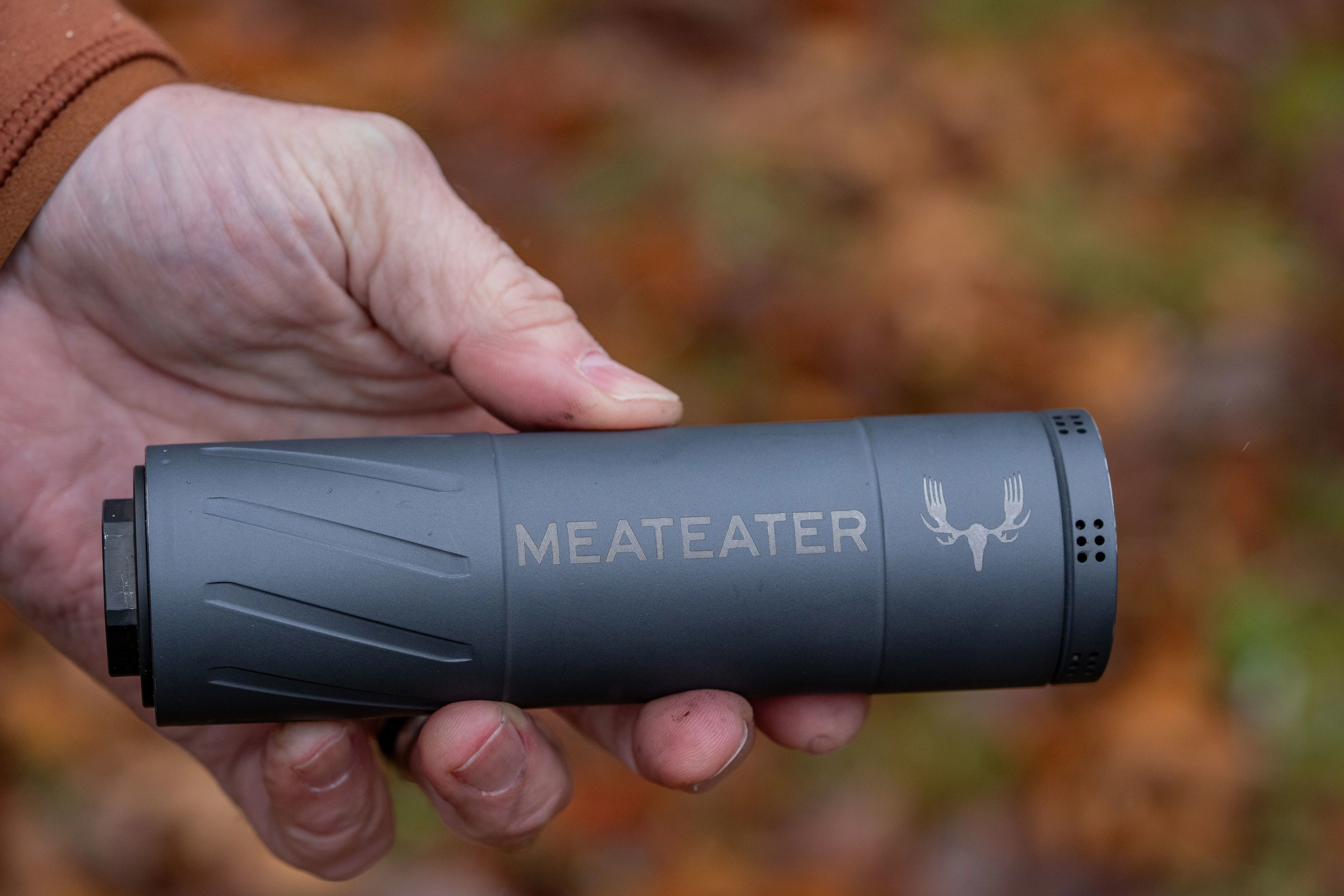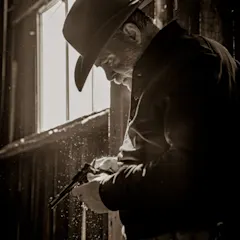Since the dawn of the rifle, hunters have been trying to increase their effective range. With the advent of the self-contained metallic cartridge this became easier, and one of the most popular calibers to do that with has been 7mm. This is mostly because when you try to balance bullet weight, velocity, and trajectory with manageable recoil, 7mm bullets offer about the best equilibrium of performance. This is why the 7mm Remington Magnum became so popular. It offered better than 30-06 ballistics without a substantial increase in recoil. But Federal figured out how to get even more from a 7mm bullet with their new 7mm Backcountry, and it is not only challenging the 7mm REM MAG, it is challenging everything we thought we knew about metallic rifle cartridges.
7mm Remington Magnum vs 7mm Backcountry: Table of Contents
The 7mm Remington Magnum
The 7mm Backcountry
7mm Remington Magnum vs 7mm Backcountry: Velocity Comparison
7mm Remington Magnum vs 7mm Backcountry: Energy Comparison
7mm Remington Magnum vs 7mm Backcountry: Trajectory Comparison
7mm Remington Magnum vs 7mm Backcountry: Recoil Comparison
7mm Remington Magnum vs 7mm Backcountry: Field Experience
Which Cartridge is Best?

The 7mm Remington Magnum
In 1962 Remington introduced the 7mm Remington Magnum rifle cartridge, and it was special in two ways. First, it offered a high-performance alternative to Weatherby’s 7mm magnum cartridge, and second, it came in a brand new rifle called the Model 700. You could argue that together, the 7mm REM MAG and the Remington Model 700 changed the world. Both became iconic hunting tools suitable for worldwide pursuits, and both are still widely used now, more than 60 years later. Of all the 7mm rifle cartridges currently offered, you will find more factory ammunition options for the 7mm REM MAG than for any other. In his book on 7mm Rifle Cartridges, gun writer Ron Spomer wrote, “The 1960s era 7mm Remington Magnum may no longer be the darling of 7mm lovers everywhere, but it’s still the best selling 7mm. That isn’t likely to change for some time.”

7mm Backcountry
When I first wrote about the new 7mm Backcountry cartridge, I said, “Depending on what Federal does going forward, this new cartridge could represent the greatest ammo-making innovation in more than a century.” My opinion has not changed; the steel case technology Federal developed for this cartridge can dramatically alter how we look at metallic cartridges. The unique steel alloy case of the 7mm Backcountry allows chamber pressures as high as 80,000 psi, which is about 30 percent more pressure than common magnum cartridges. This lets the 7mm Backcountry use faster burning powders that work better with shorter barrels and that do not require big fat cartridge cases to house them. Granted, it's still too early to make any reliable prediction, and shooters and hunters seem to be a bit leery of anything markedly new. However, ballistically, no other 7mm rifle cartridge can compete with the 7mm Backcountry.

7mm Remington Magnum vs 7mm Backcountry: Velocity Comparison
Mostly because modern hunters are now fully embracing the suppressor, when we look at muzzle velocities today, we must consider short and long barrels. This is because the standard 24-inch barrel so common with extreme velocity—magnum class—rifle cartridges becomes excessively long when a suppressor is added. This is also especially true when comparing the 7mm Backcountry to any cartridge, because the 7mm Backcountry was designed to perform with a more suppressor friendly 20-inch barrel. If we compare Federal’s Fusion 175-grain Tipped load for the 7mm REM MAG and the 7mm Backcountry, we find that with 24-inch barrels the 7mm Backcountry has a 350 fps advantage over the 7mm REM MAG. With a 20 inch barrel, the Backcountry’s advantage is still about 300 fps.
Velocity Advantage: 7mm Backcountry
7mm Remington Magnum vs 7mm Backcountry: Energy Comparison
Velocity and bullet weight dictate kinetic energy, so clearly the 7mm Backcountry will have an energy advantage. But how much of an advantage does an average of 325 fps of velocity advantage provide? With a 175-grain bullet and a muzzle velocity of 2975 fps—from a 20-inch barrel—the 7mm Backcountry generates 3,439 foot-pounds of kinetic energy. By comparison, with the same 175-grain bullet and a muzzle velocity of 2,775 fps—from a 24-inch barrel—the 7mm Remington Magnum has just 2,992 foot-pounds of kinetic energy. That gives the Backcountry about a 15-percent kinetic energy advantage. Maybe more important is the fact that the 7mm Backcountry will allow bullets to impact with enough velocity to upset at about an additional 150 to 175 yards down range when compared to the 7mm REM MAG.
Energy Advantage: 7mm Backcountry

7mm Remington Magnum vs 7mm Backcountry: Trajectory Comparison
Just as velocity is the driving factor with kinetic energy, the same is true when it comes to trajectory. Going back to our 175-grain Federal Fusion Tipped bullet that has a ballistic coefficient of 0.575, when launched from a 7mm Backcountry rifle with a 20-inch barrel that’s zeroed dead on at 100 yards, that bullet will drop less than two feet below your line of sight at 400 yards. On the other hand, the same bullet fired from a 7mm REM MAG with a 24-inch barrel, will drop 28 inches, and the bullet will drift an extra inch in a 10 mph crosswind.
Trajectory Advantage: 7mm Backcountry
7mm Remington Magnum vs 7mm Backcountry: Recoil Comparison
When it comes to recoil everything is subjective because we all have different recoil tolerance levels, and the design of the rifle stock matters too. However, we can calculate the free recoil energy of rifles, based on rifle weight, bullet weight, powder charge, and muzzle velocity. If we compare 20-inch barreled rifles that weigh eight pounds—one in 7mm REM MAG and one in 7mm Backcountry—we find that the difference in recoil amounts to about four foot-pounds. In other words, the 7mm Backcountry will recoil about 14 percent harder. However, when you exceed around 25 foot-pounds of recoil, most shooters cannot differentiate a 10 percent difference in recoil energy. Regardless, what you get with the lesser ballistic performance of the 7mm REM MAG is less recoil.
Recoil Advantage: 7mm Remington Magnum
7mm Remington Magnum vs 7mm Backcountry: Other Considerations
Clearly, unless you are very recoil sensitive, the 7mm Backcountry is the best choice because it is by far the harder hitting and flatter shooting of the two cartridges. Ballistics, as they say, don’t lie. But are these advantages enough to matter? Yes and no. If you’ll never shoot at a big game animal beyond 300 yards, my field experiences with both cartridges suggest you’ll never be able to tell the difference between the two, and the animal you shoot won’t either. On the other hand, when the distances exceed 300 yards, the Backcountry will make getting hits easier and the bullets will perform better—terminally—at longer ranges too.

Both cartridges have some advantages that have not been discussed. Because of its smaller diameter cartridge case, most 7mm Backcountry rifles will hold at least one extra round in the magazine. With the 7mm Remington Magnum you have substantially more factory ammunition options to choose from—around 80 as compared to only five with the 7mm Backcountry. Also, though some claim you cannot reload the steel alloy cases for the 7mm Backcountry, Federal has just released load data and instructions on reloading the cartridge. While only a small percentage of hunters reload their own ammo, many find this a very important consideration when selecting a hunting cartridge.
Related: 308 vs 30-06: Battle of Two Classic Big Gamers

Which Cartridge is Best?
If I was looking for a new rifle and cartridge combination that I intended to use for big game hunting, and that I was for sure going to shoot suppressed, I would hands down pick the 7mm Backcountry every time. The same would apply if I thought I was going to be taking shots on the other side of 300 yards, too. However, If I had a 7mm Remington Magnum and if I had no interest in shooting suppressed, or at extremely long distances, I’d be happy big game hunting anywhere in the world with that rifle for the rest of my life.


